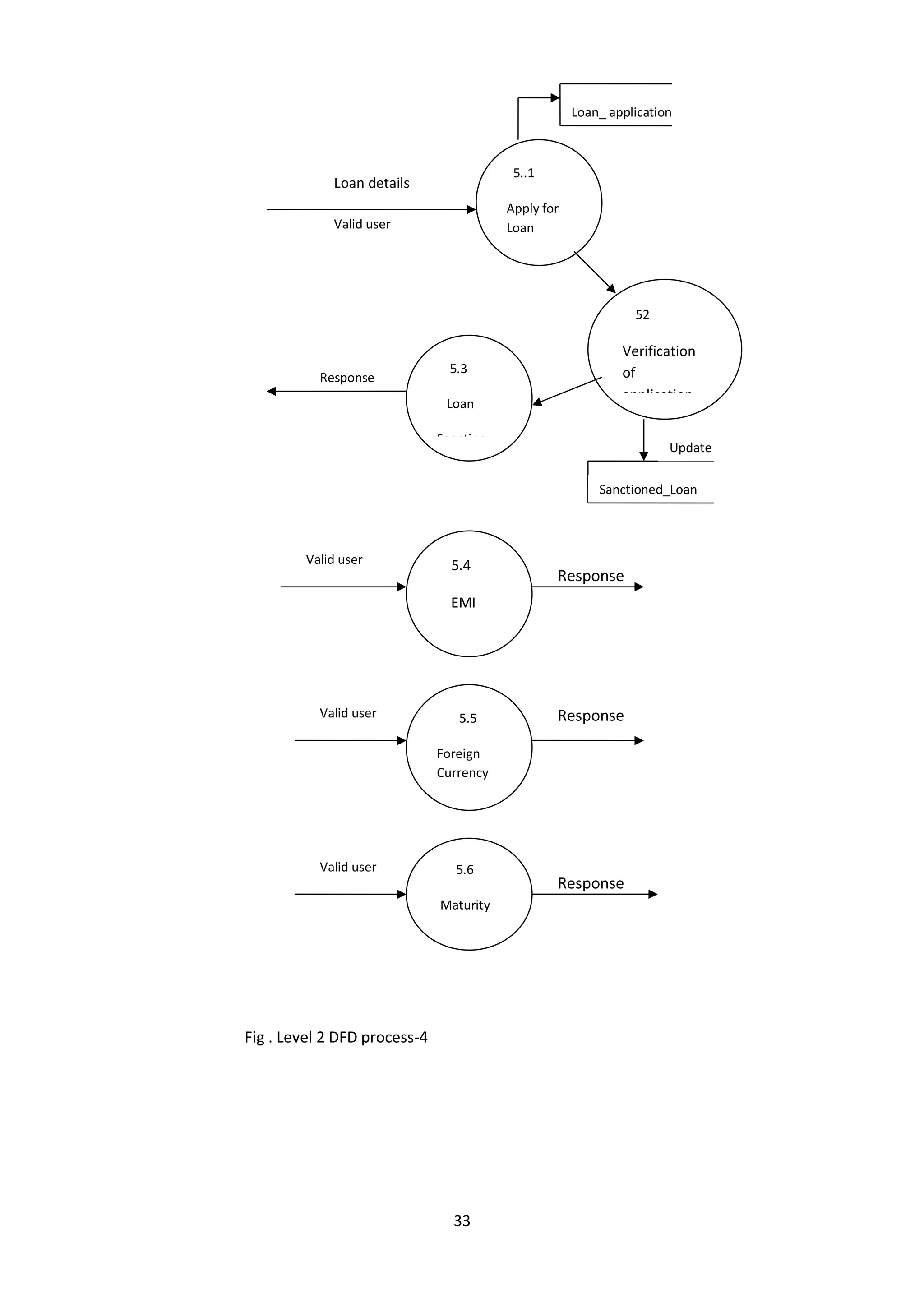The document is an internship report focused on the design and implementation of an online banking management system as part of a Master's degree in Computer Science. It outlines the system's architecture, technologies used (such as Oracle 10g and Java), functional components, and the benefits of automation in banking services. The report also includes an overview of the current banking environment in Nepal, the project's feasibility studies, and the emphasis on security and usability.
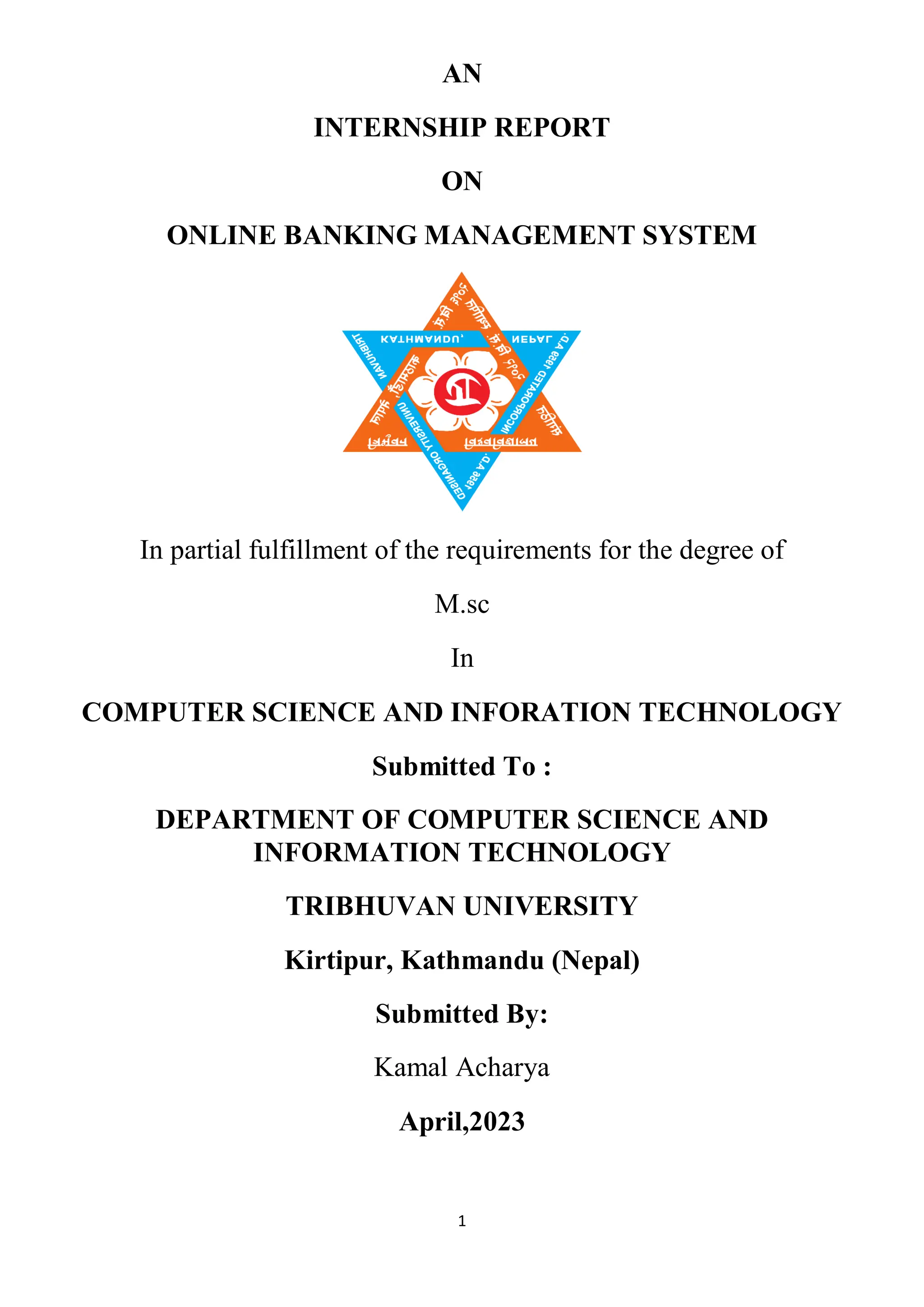
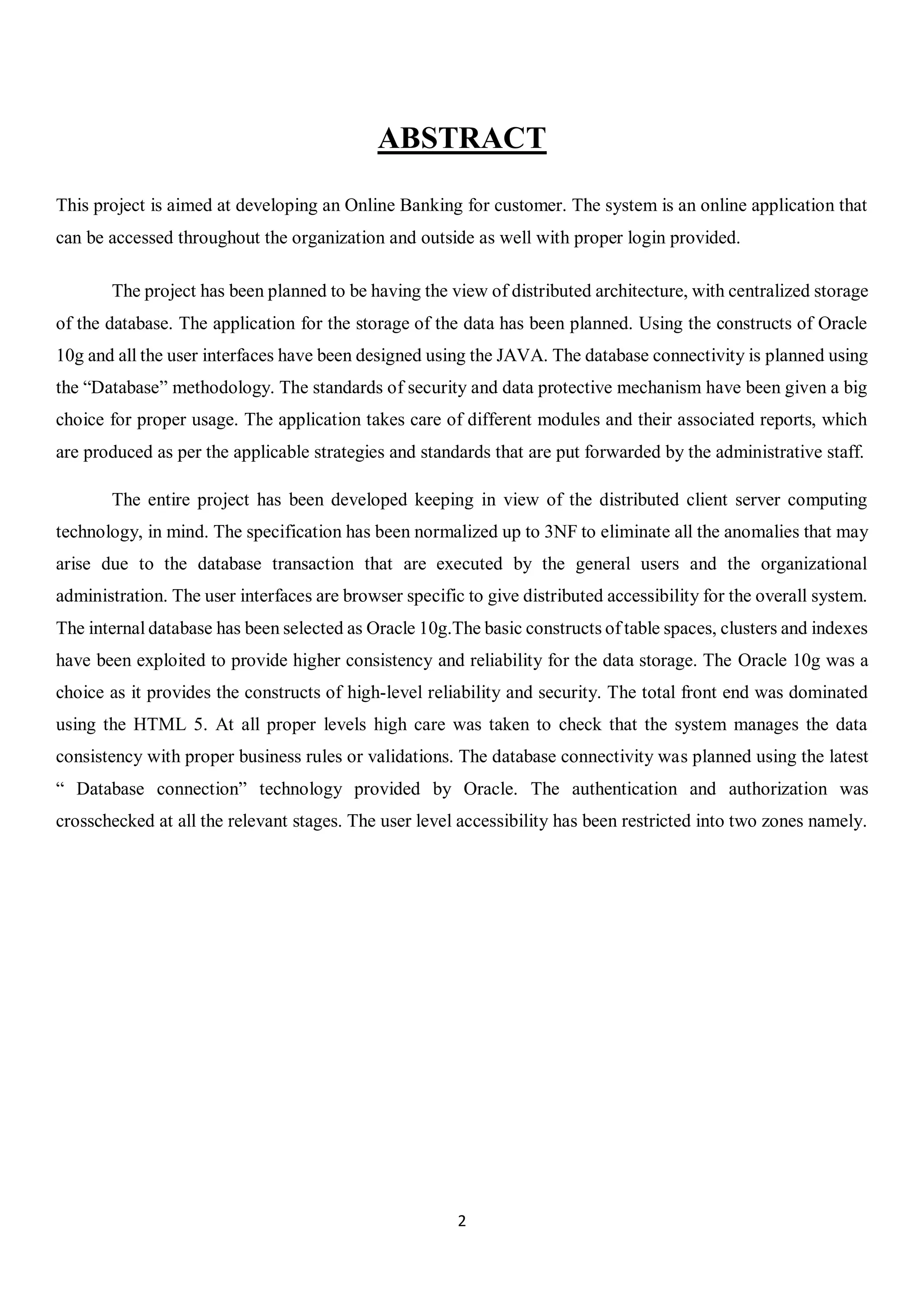
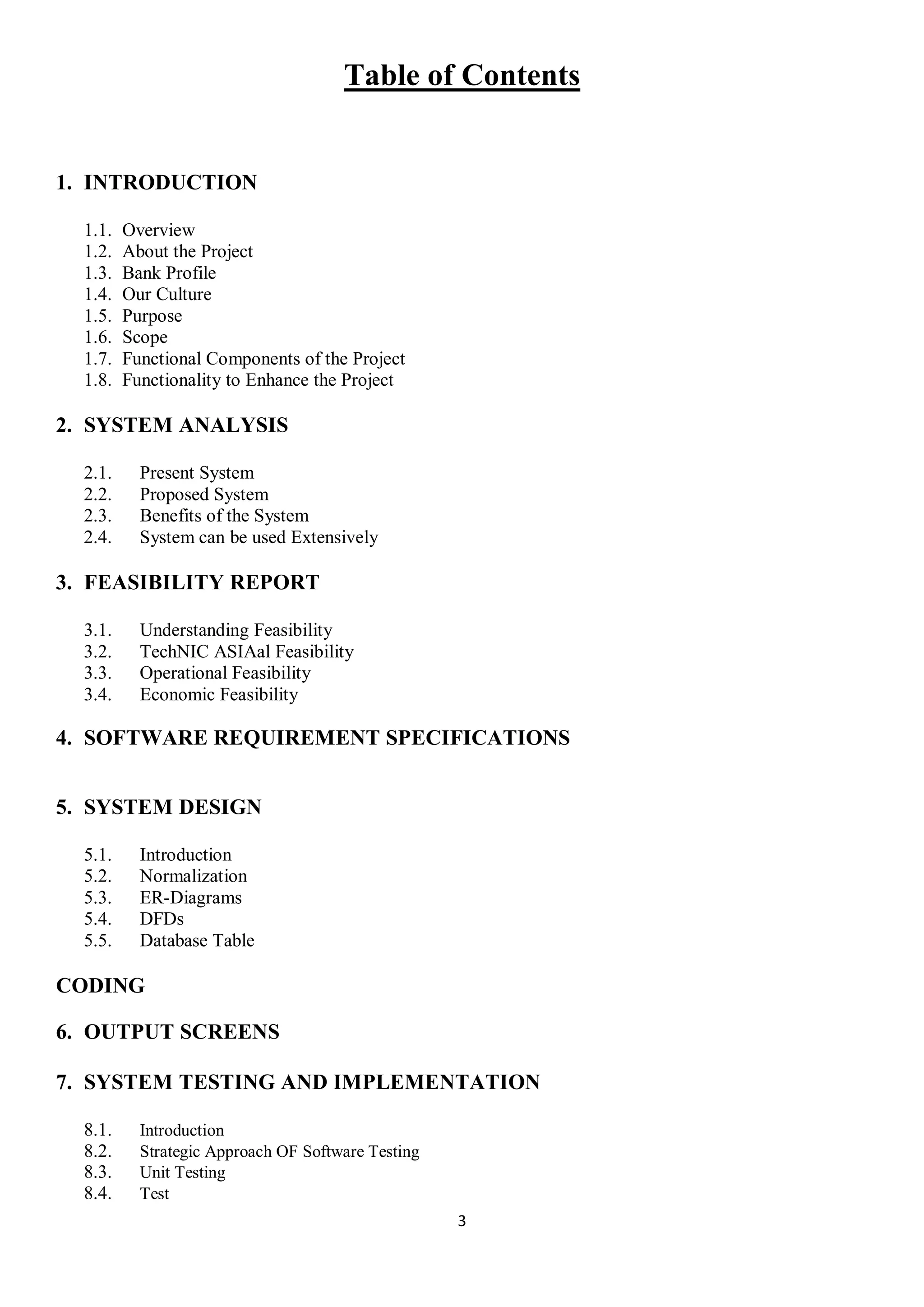

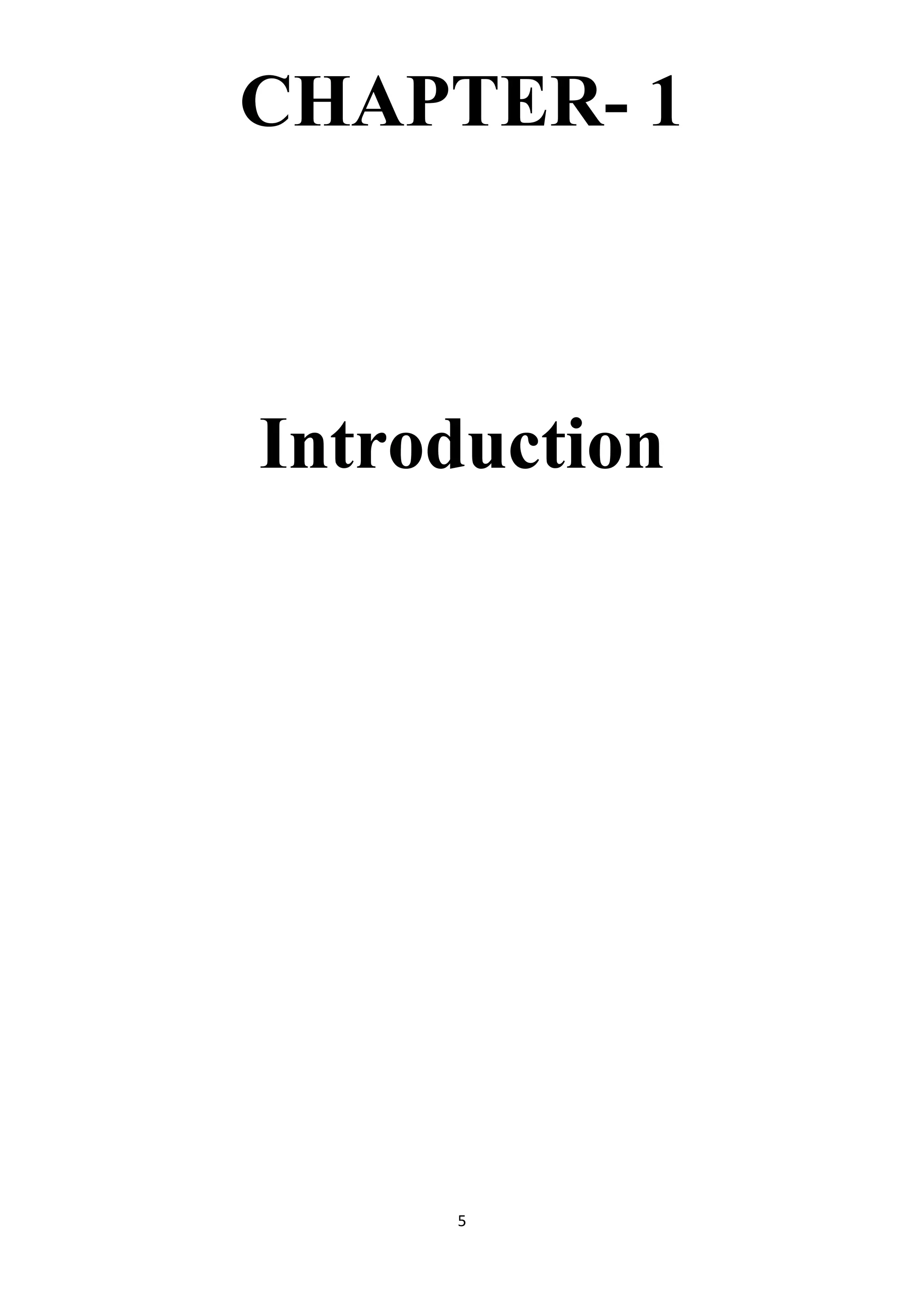
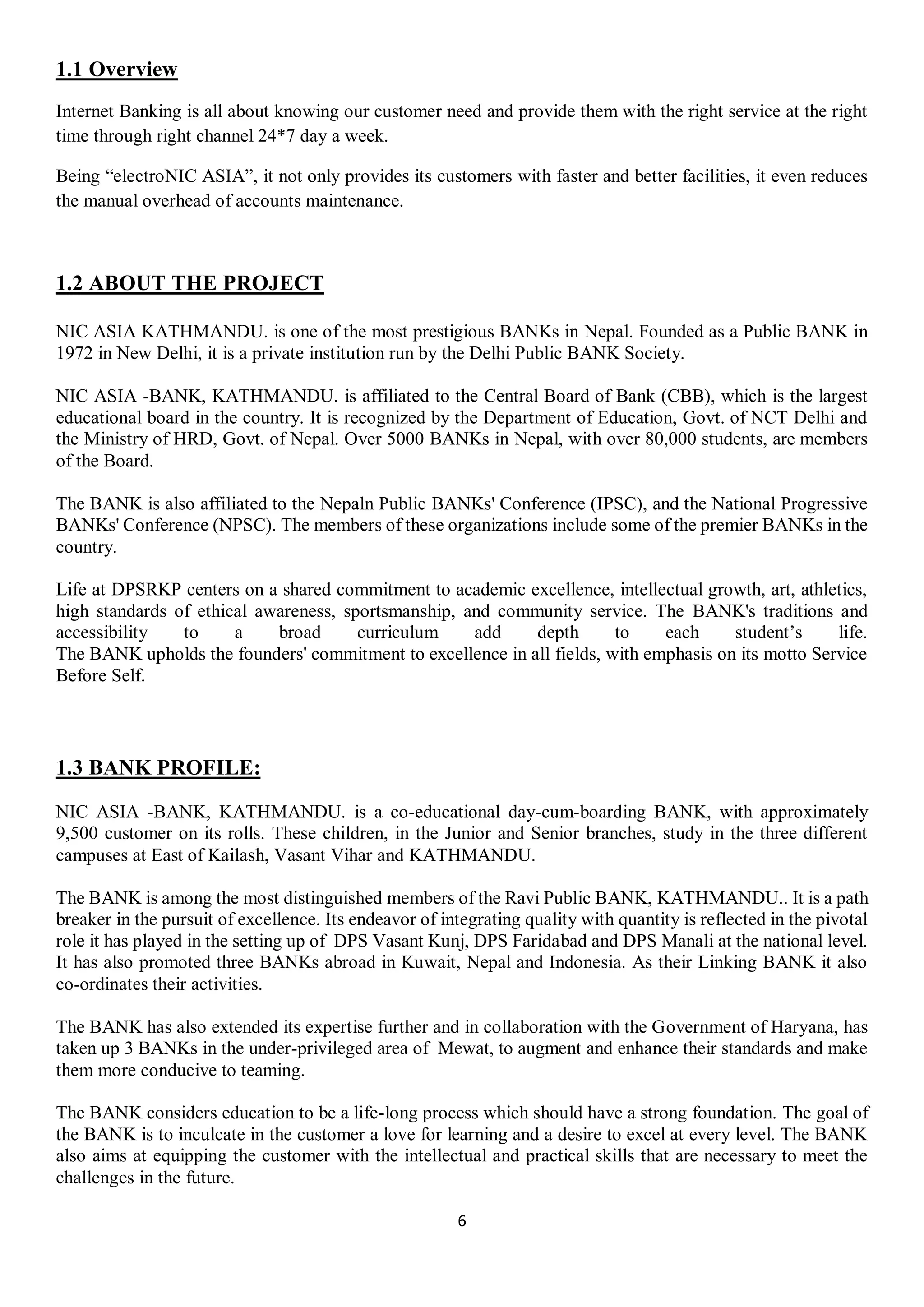


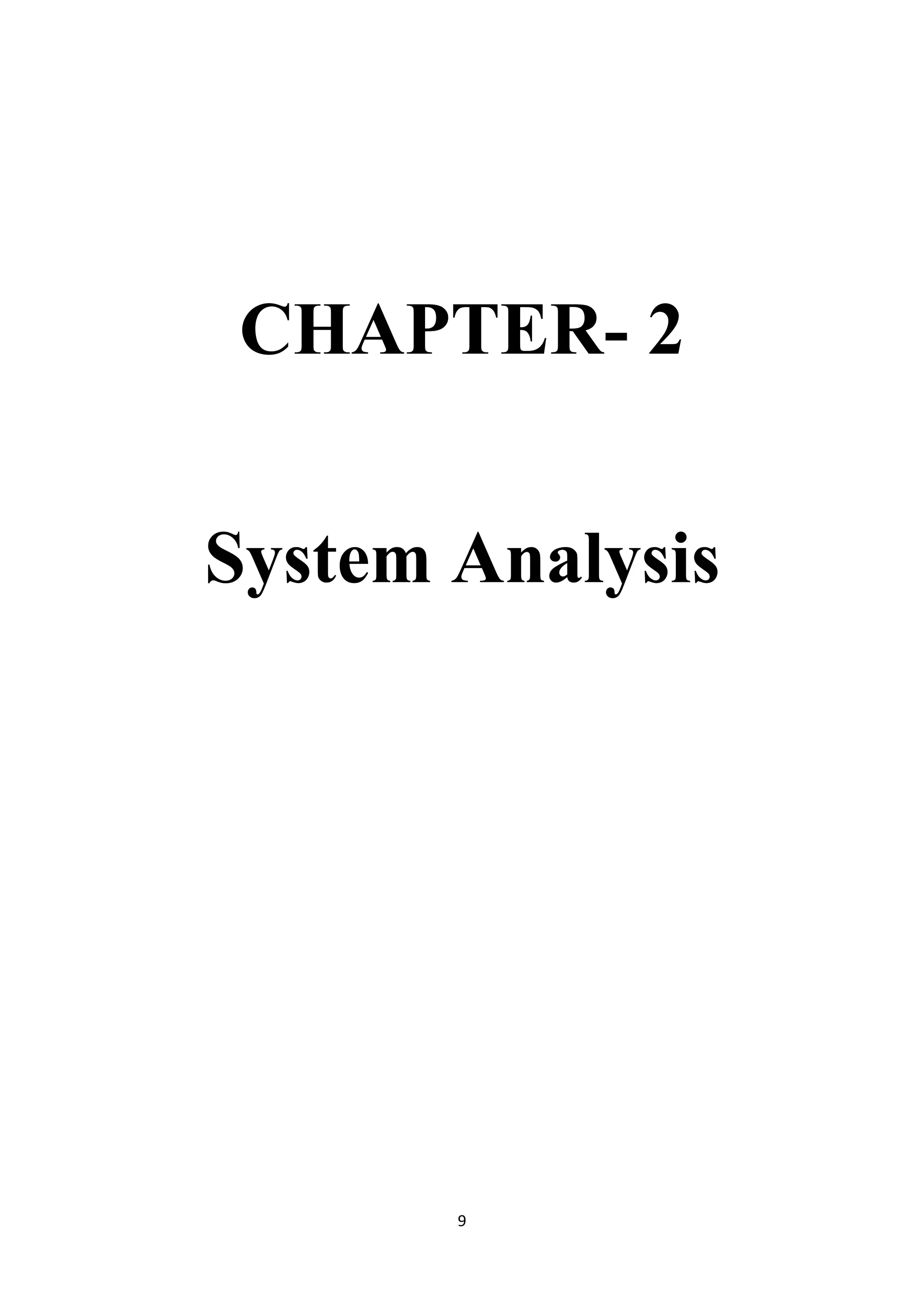







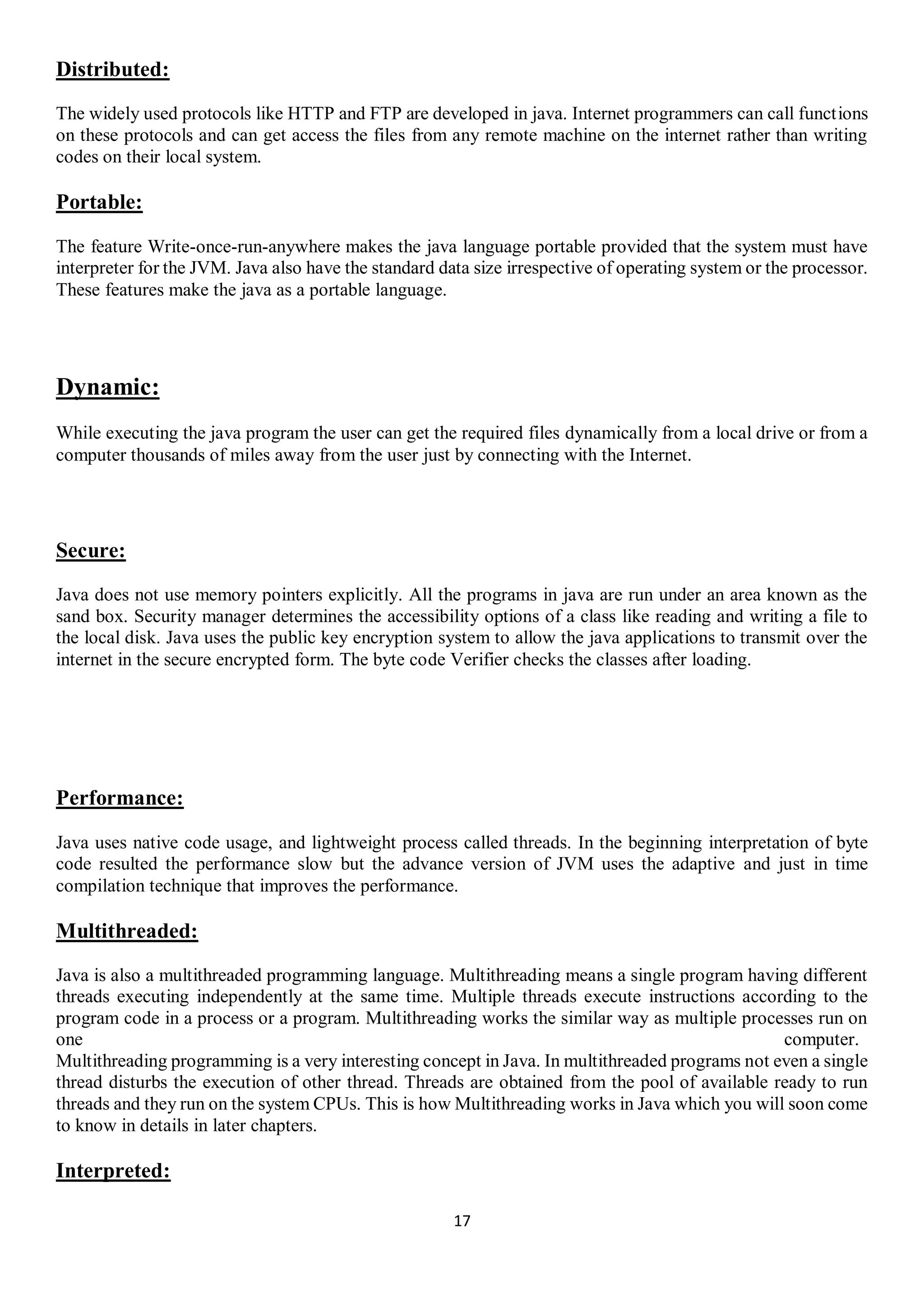
![18
we all know that Java is an interpreted language as well. With an interpreted language such as Java, programs
run directly from the source code.
The interpreter program reads the source code and translates it on the fly into computations. Thus, Java as an
interpreted language depends on an interpreter program.
The versatility of being platform independent makes Java to outshine from other languages. The source code
to be written and distributed is platform independent.
Another advantage of Java as an interpreted language is its error debugging quality. Due to this any error
occurring in the program gets traced. This is how it is different to work with Java.
Architecture Neutral:
The term architectural neutral seems to be weird, but yes Java is an architectural neutral
language as well. The growing popularity of networks makes developers think distributed. In
the world of network it is essential that the applications must be able to migrate easily to
different computer systems. Not only to computer systems but to a wide variety of hardware
architecture and operating system architectures as well. The Java compiler does this by
generating byte code instructions, to be easily interpreted on any machine and to be easily
translated into native machine code on the fly. The compiler generates an architecture-neutral
object file format to enable a Java application to execute anywhere on the network and then
the compiled code is executed on many processors, given the presence of the Java runtime
system. Hence Java was designed to support applications on network. This feature of Java has
thrived the programming language.
ABOUT : JDK:
The Java Development Kit (JDK) is a Sun Microsystems product aimed at Java developers. Since the
introduction of Java, it has been by far the most widely used Java SDK. On 17 November 2006, Sun announced
that it would be released under the GNU General Public License (GPL), thus making it free software. This
happened in large part on 8 May 2007[1]
and the source code was contributed to the OpenJDK.
The primary components of the JDK are a selection of programming tools, including:
java – The loader for Java applications. This tool is an interpreter and can interpret the class files
generated by the javac compiler. Now a single launcher is used for both development and deployment.
The old deployment launcher, jre, is no longer provided with Sun JDK.
javac – The compiler, which converts source code into Java bytecode
jar – The archiver, which packages related class libraries into a single JAR file. This tool also helps
manage JAR files.
javadoc – The documentation generator, which automatically generates documentation from source
code comments
jdb – The debugger
javap – The class file disassembler
appletviewer – This tool can be used to run and debug Java applets without a web browser.
javah – The C header and stub generator, used to write native methods
extcheck – This utility can detect JAR-file conflicts.
apt – The annotation processing tool
jhat – (Experimental) Java heap analysis tool](https://image.slidesharecdn.com/onlinebankingsystem-240501065709-876419e3/75/Online-banking-management-system-project-pdf-18-2048.jpg)














